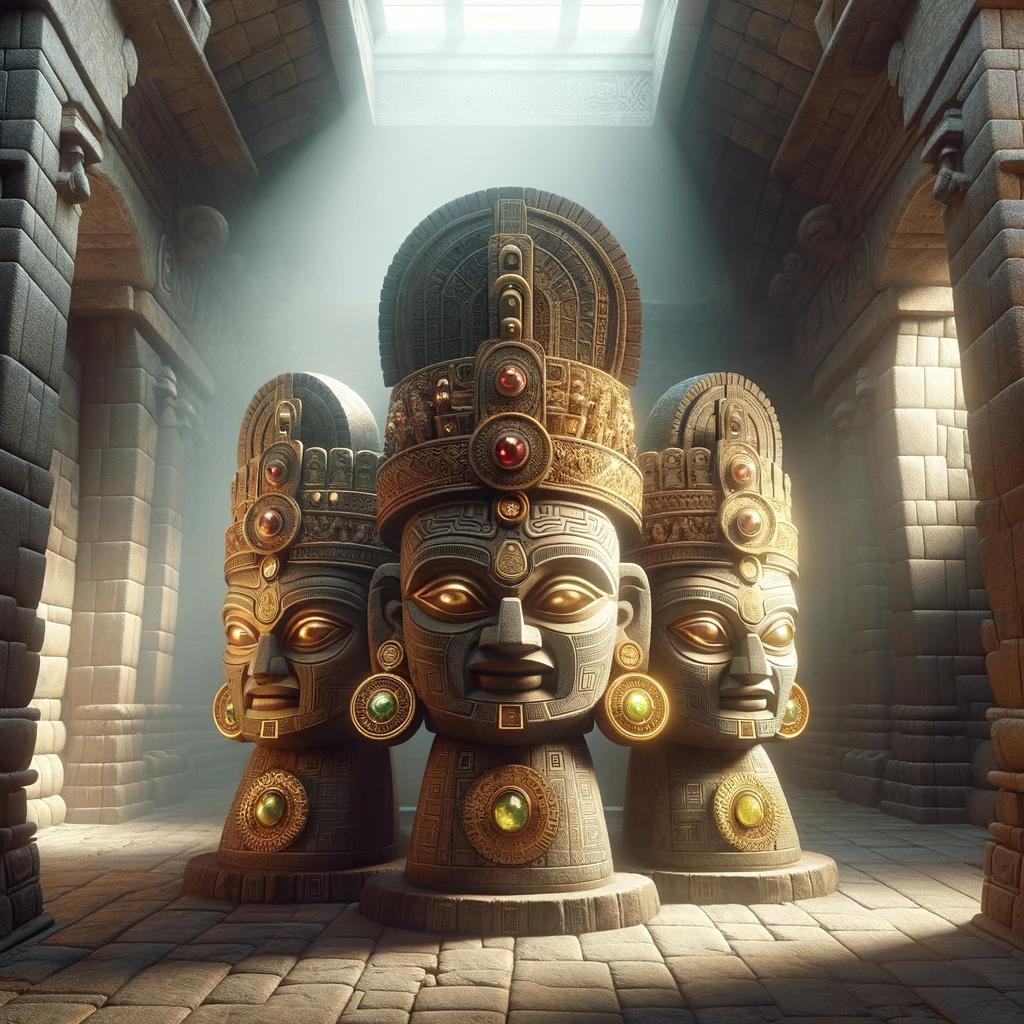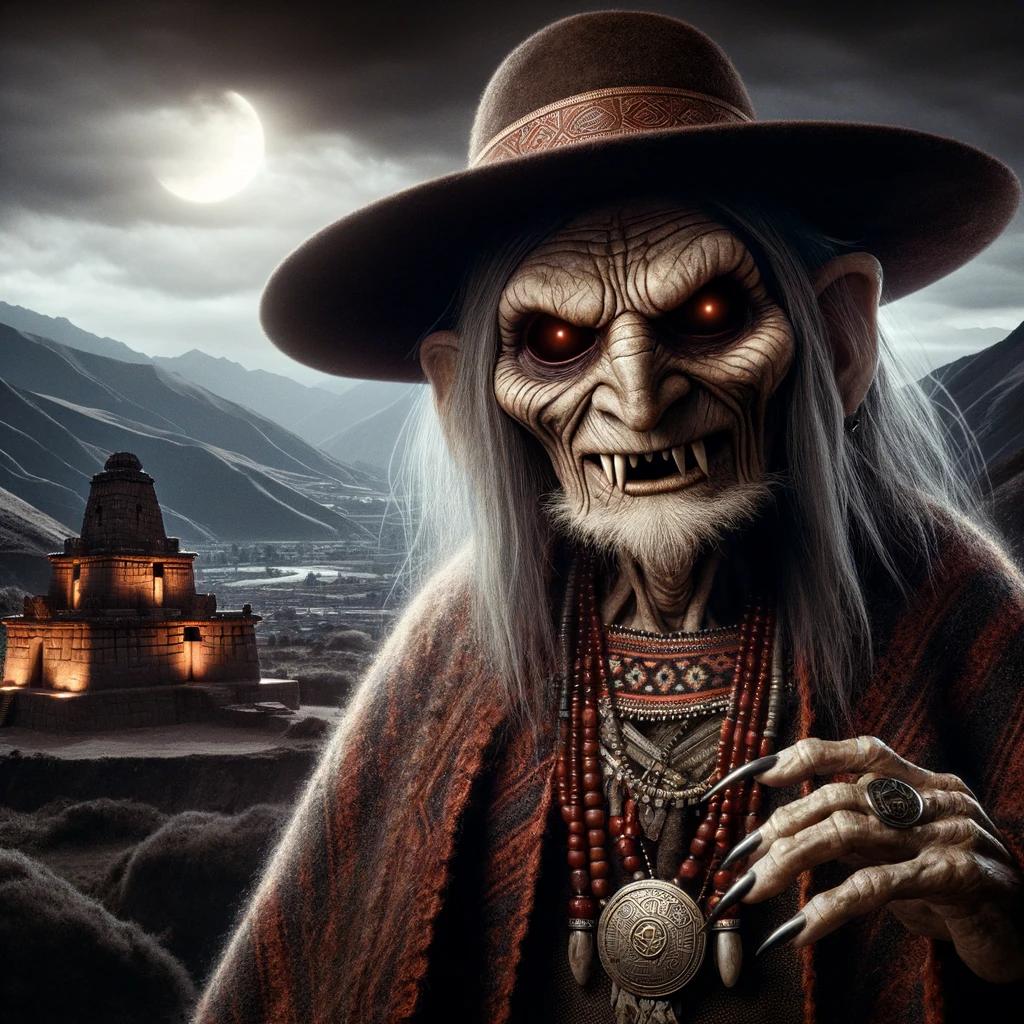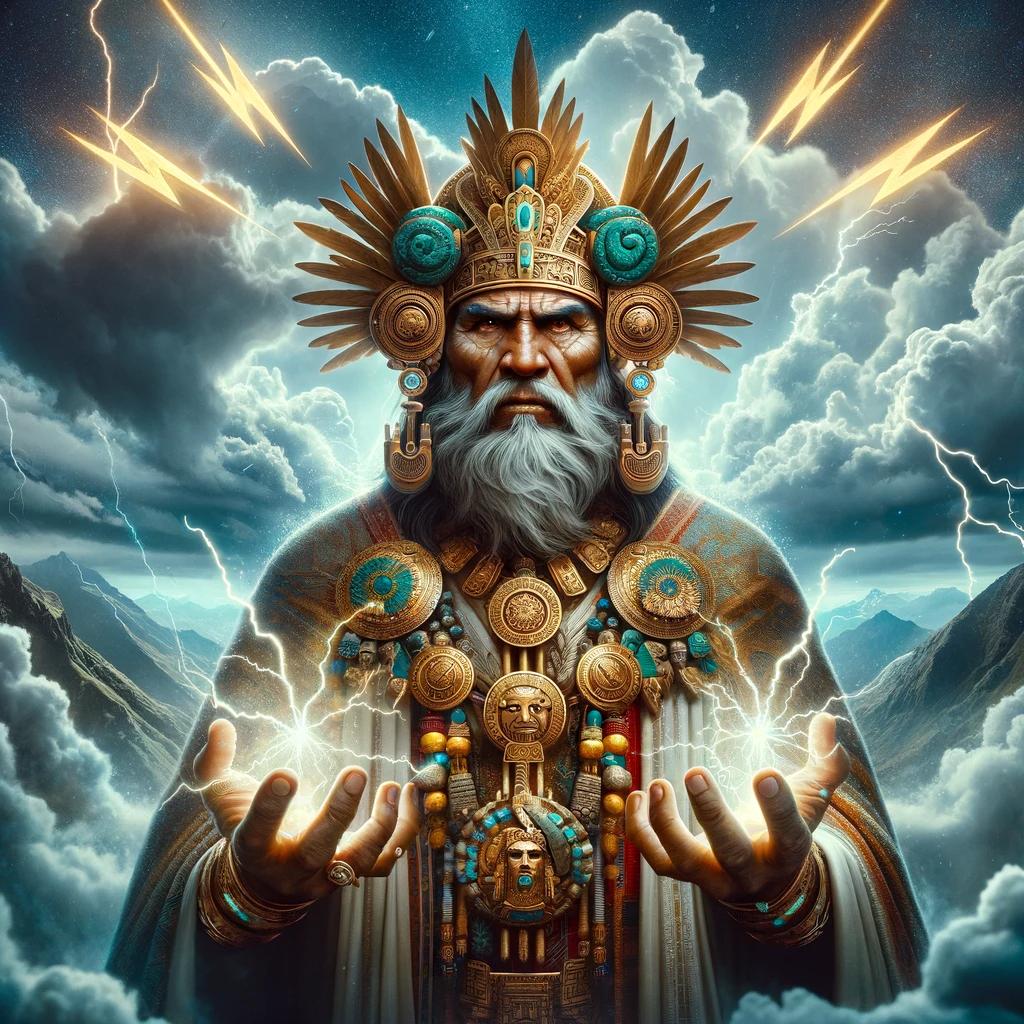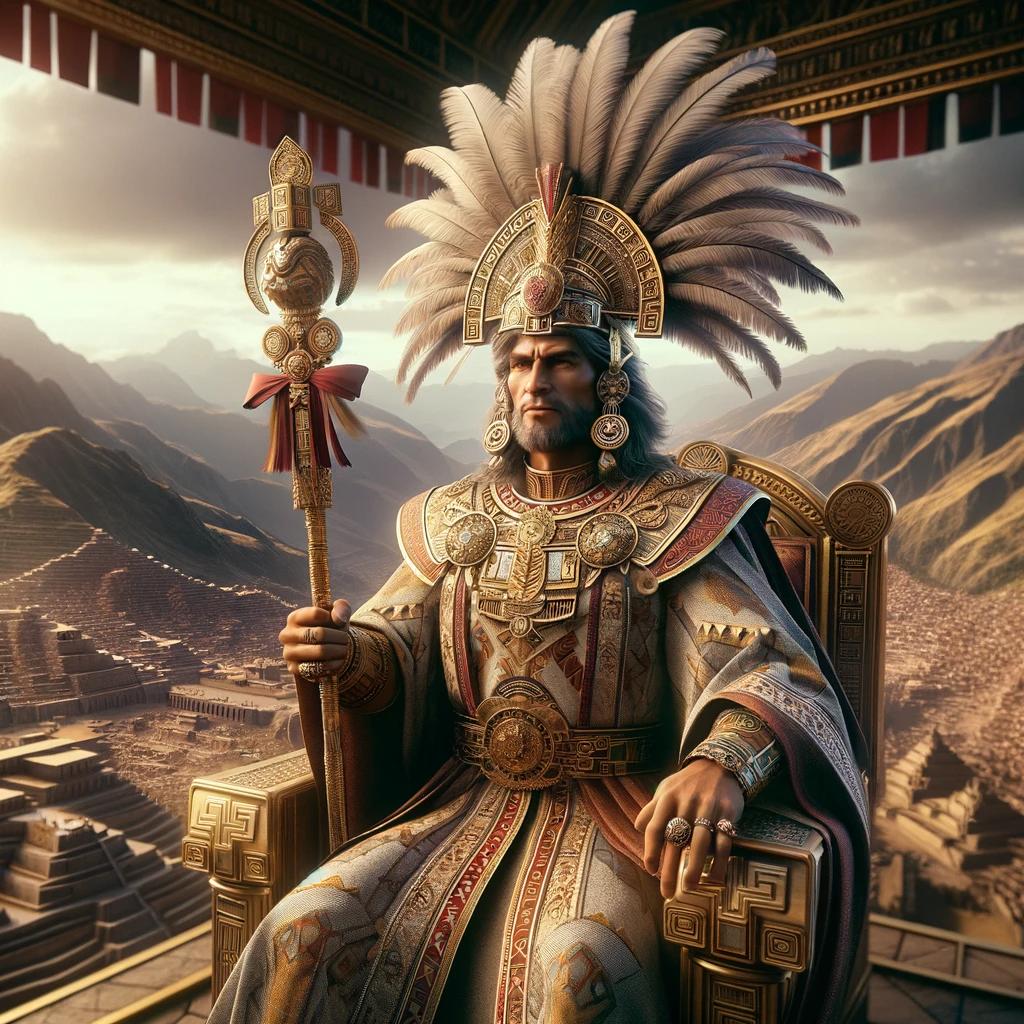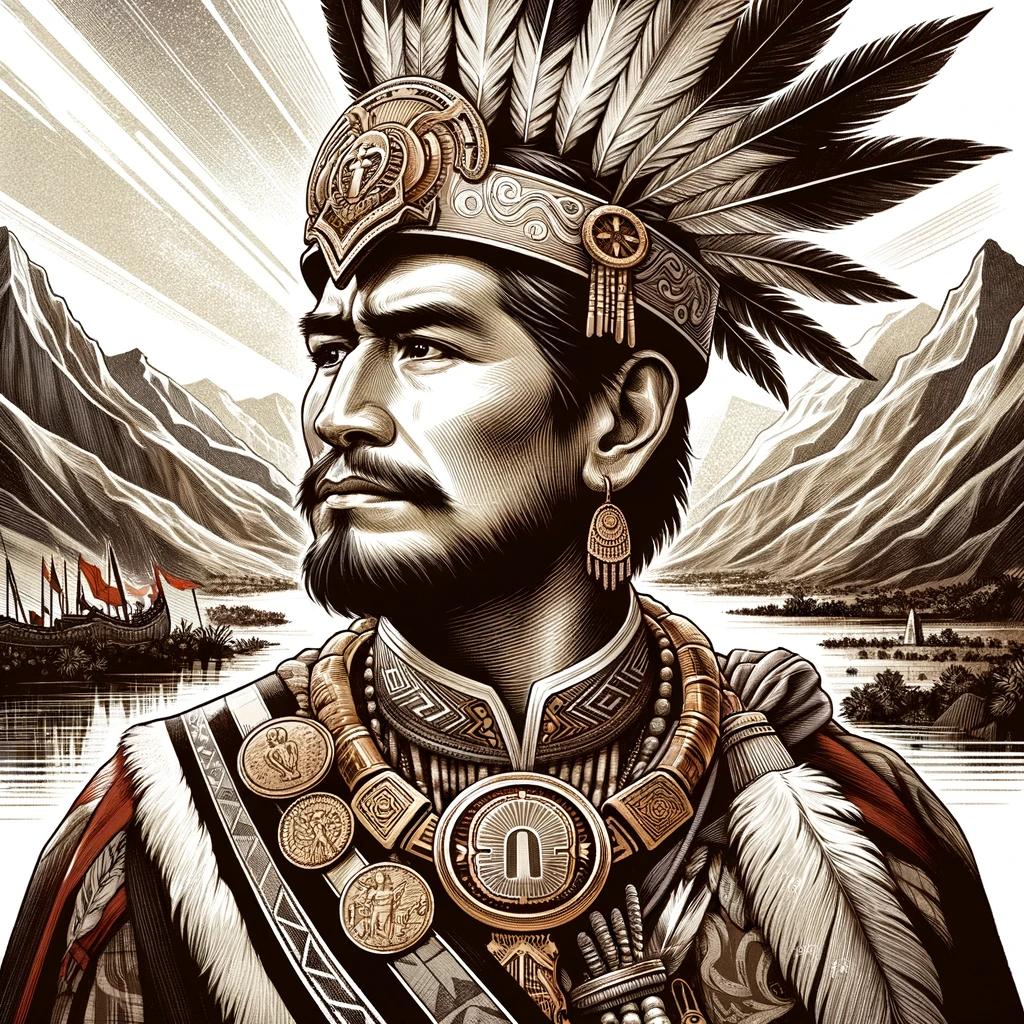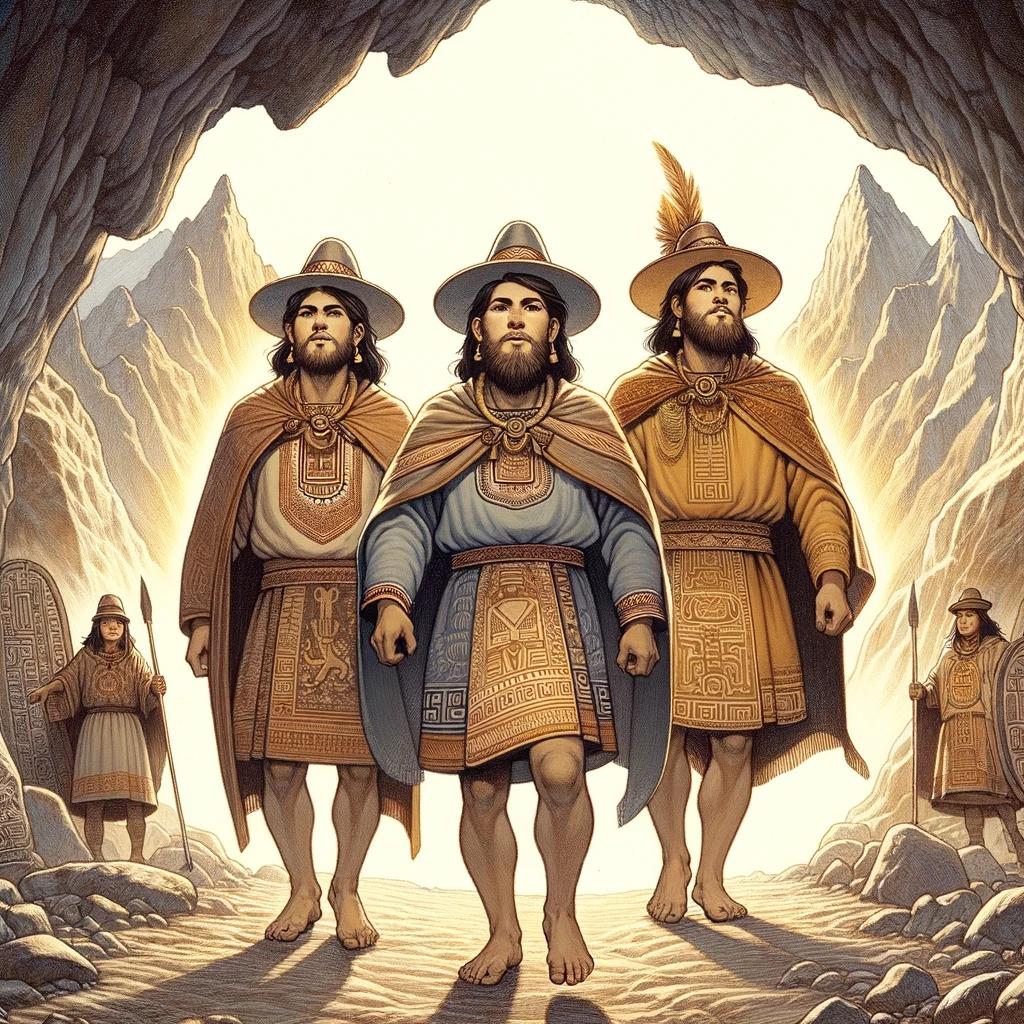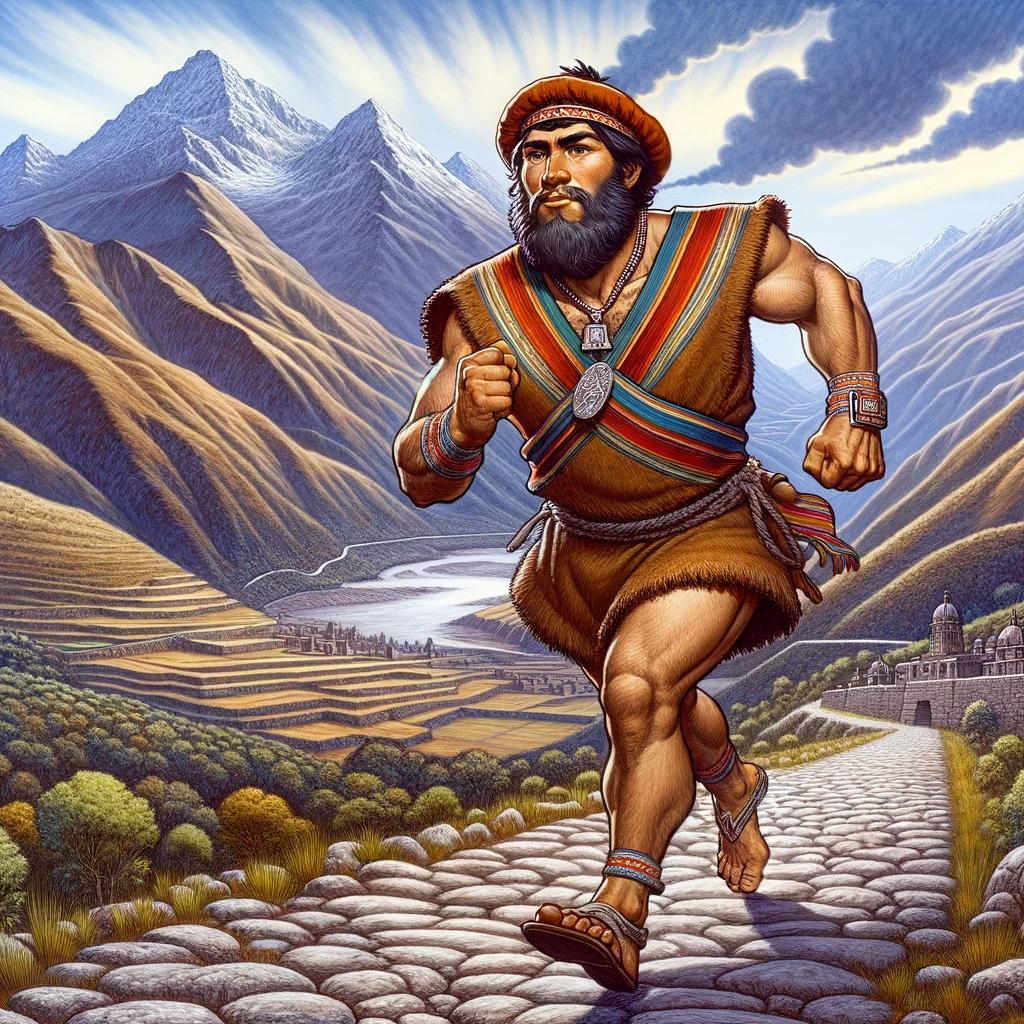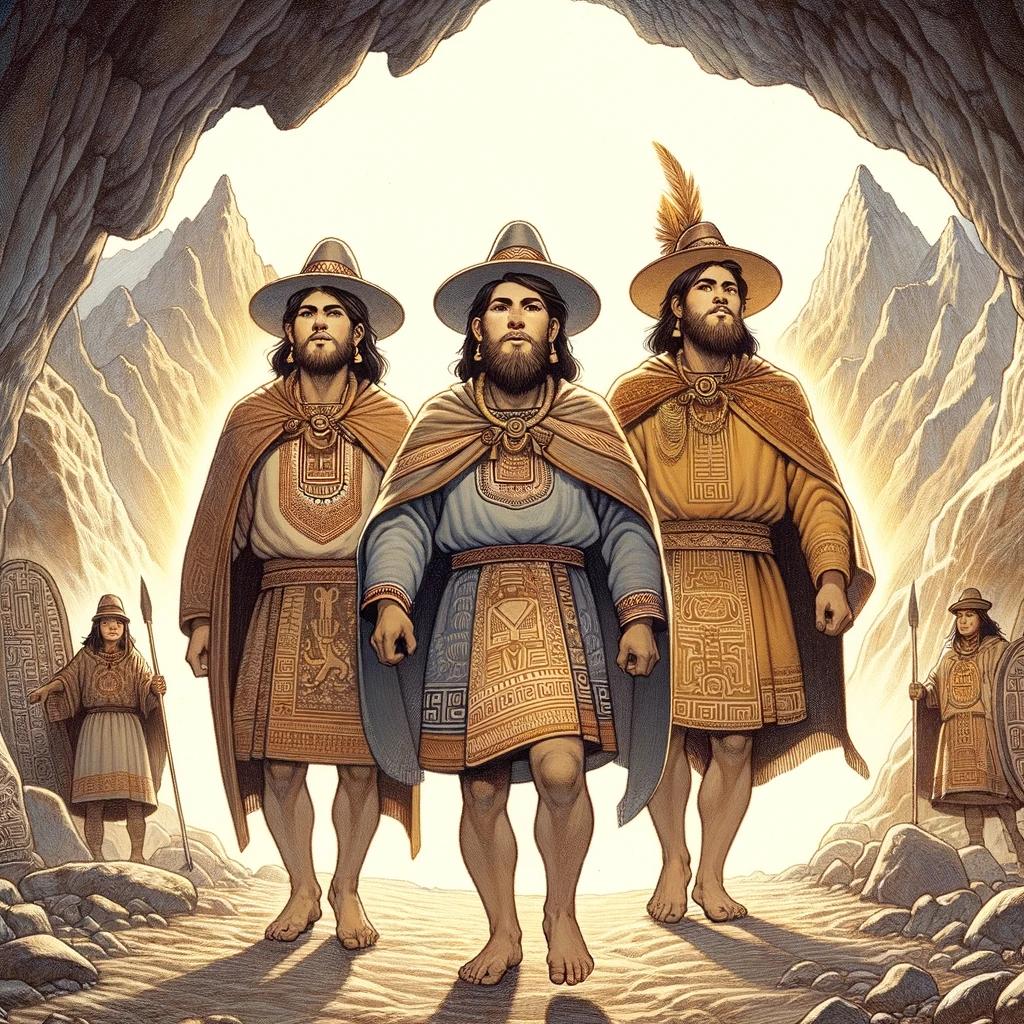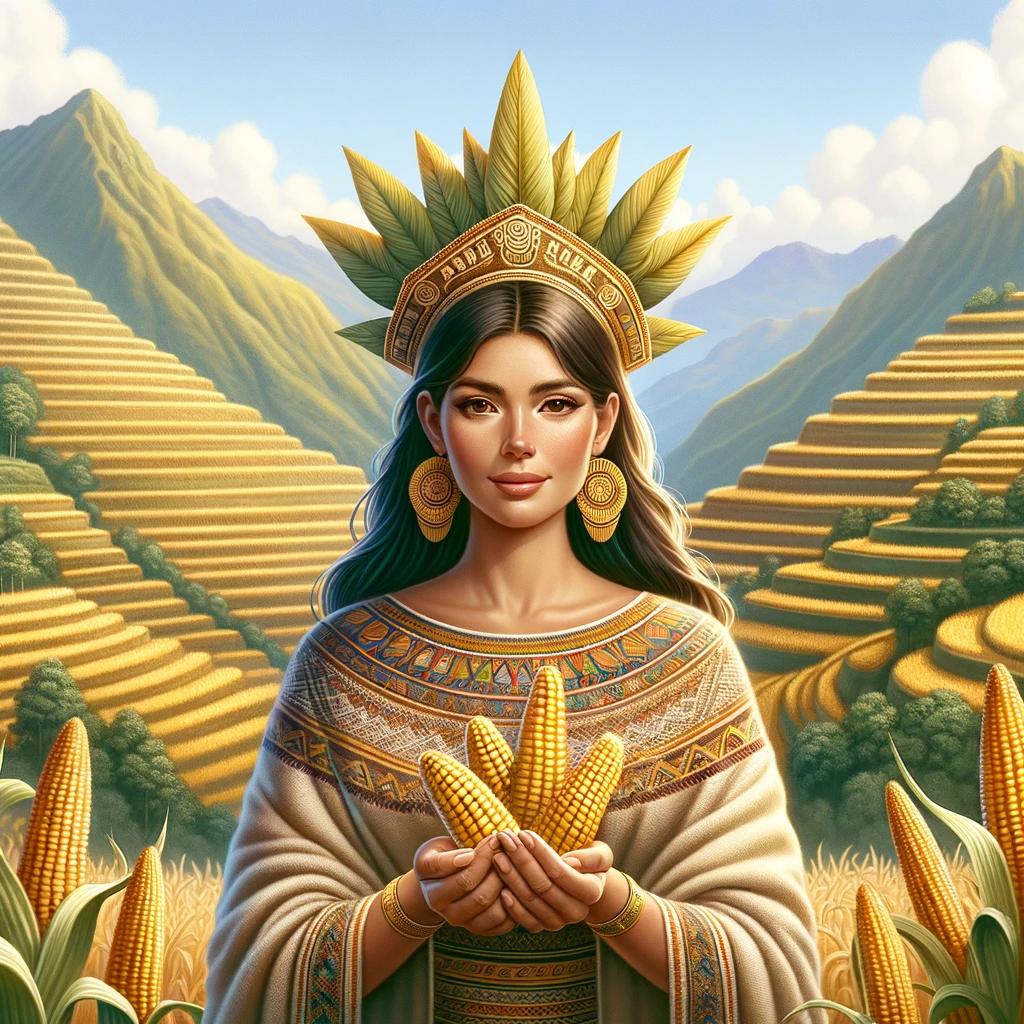Inca Huacas: Sacred Sites and Cultural Heritage in the Andes
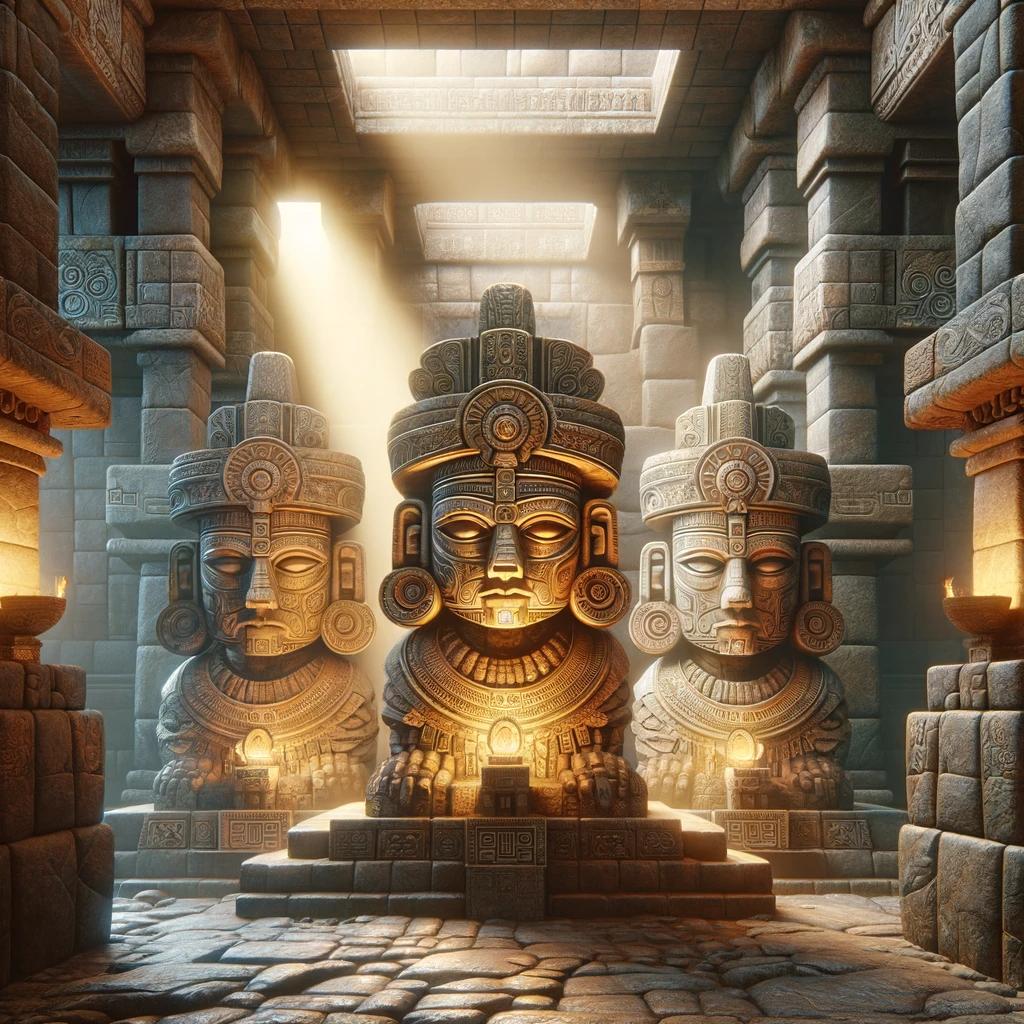
Huacas inca hold significant religious and cultural value in Inca civilization. They serve as sacred shrines, burial sites, and objects of worship for Quechua and Aymara people. These sacred places, scattered throughout the Inca Empire, varied in form from simple stone formations to elaborate stepped pyramids.
Despite the destructive impact of Spanish colonization, the cultural importance of huacas persists. Preserving and understanding these revered sites is crucial for honoring the legacy of Inca culture and safeguarding our historical heritage.
The Significance of Huacas in Inca Culture
Huacas held immense significance in the ancient Inca civilization, playing a crucial role in their religion, beliefs, and societal practices. These sacred sites were revered as spiritual focal points and served as a connection between the mortal world and the divine realm.
Huacas in Inca Religion and Beliefs
The Inca people considered huacas as embodiments of the divine, housing the spirits of ancestors, gods, and other supernatural entities. Visiting these sacred sites was not only a religious act but also a way to seek guidance and blessings from the higher powers.
Rituals and offerings were conducted to honor and communicate with the spiritual entities residing within the huacas.
Huacas as Sacred Shrines and Burial Places
Beyond their religious significance, huacas served as sacred shrines and burial places for the Inca civilization. These locations were chosen and constructed with meticulous attention to cosmic alignments and astrological interpretations.
Burials within huacas were reserved for revered individuals, such as noble rulers or priests, indicating their elevated status and importance in the society.
The strategic placement of huacas across the Inca empire not only solidified their religious beliefs but also allowed for better governance.
The reverence for these sacred sites helped unify diverse ethnic groups under the Inca rule, acting as a common ground for shared spiritual experiences and beliefs.
Understanding Huacas: Definition and History
Exploring the Origins of the Term ‘Huaca’
The term ‘huaca’ holds deep historical and cultural significance in the ancient Inca civilization.
It encompasses various aspects, ranging from sacred rituals to the afterlife and any object considered holy. Understanding the origins of this term provides insights into the spiritual worldview of the Inca people and their reverence for sacred places.
The Role of Huacas in Inca Society
Huacas played a pivotal role in Inca society, acting as sacred sites that held the spirits of ancestors, deities, and other supernatural beings. These revered locations were not only places of worship but also served as a means of communication with the divine.
The Inca people believed that by visiting and making offerings at huacas, they could establish a connection with the spiritual realm and interpret the will of the gods.
- The significance of huacas in religious ceremonies and rituals
- The role of huacas as focal points for community gatherings and celebrations
- The social and political implications of huacas as symbols of power and unity
The understanding of huacas in Inca society goes beyond their religious and ceremonial aspects.
These sacred sites also played a crucial role in social dynamics, defining boundaries between different social groups and acting as points of cohesion for the diverse ethnic groups within the Inca empire.
Exploring the Origins of the Term ‘Huaca’
The term ‘huaca’ originated within the Inca civilization, reflecting their unique spiritual beliefs and practices. While its precise etymology remains a subject of debate, scholars suggest that it derives from the Quechua language and signifies a tangible representation of the divine.
In its broadest sense, ‘huaca’ encompasses natural formations, sacred objects, and constructed shrines, all imbued with spiritual significance.
The Role of Huacas in Inca Society
Huacas performed multifaceted roles in Inca society, transcending mere religious symbolism. They represented spiritual connections between the physical world and the divine realm, enabling the Inca people to establish a sense of harmony and order in their lives.
Huacas were revered as ancestral spirits, guardians of communities, and mediators between humans and gods.
- Understanding the religious rituals and practices associated with huacas
- The social and political implications of huacas in maintaining social order
- The significance of huacas as objects of veneration and sources of spiritual guidance
Overall, comprehending the origins and roles of huacas provides a deeper understanding of Inca culture, spirituality, and societal dynamics.
Recognizing the importance of these sacred sites is vital for appreciating the Inca legacy and preserving their cultural heritage for future generations.
The Geography of Huacas in the Inca Empire
The geographical distribution of huacas spanned across the vast territories of the Inca Empire, encompassing present-day Peru and Chile.
These sacred sites were scattered throughout the empire, ranging from simple stone piles in fields to elaborate stepped pyramids adorned with intricate carvings.
Huacas Across Peru and Chile
The presence of huacas was prominent in both Peru and Chile, offering valuable insights into the spiritual and cultural practices of the Inca civilization. From the northern regions of Ecuador to the southern reaches of Chile, huacas were found in various forms, reflecting the diverse landscapes and the diverse communities they served.
As the Inca Empire expanded and incorporated new territories, the Incas adopted the term “huaca” for the new sanctuaries they built. This led to the extension of huacas to the junction of rivers and their tributaries, adhering to the cultural norms of their conquered subjects.
Exploring Different Types of Huacas
Huacas exhibited a wide range of architectural styles and structures, reflecting the diverse nature of their purposes and religious significance. Some huacas consisted of simple piles of stones, while others were complex stepped pyramids crowned with canopies and carved images.
The Inca civilization categorized huacas based on their spiritual and ceremonial importance, ranging from smaller local shrines to major pilgrimage sites. They carefully organized these sacred sites in accordance with cosmic principles and their interpretations of astrology, providing a means to communicate with the divine realm.
The Cusco Ceque System stood as the most renowned huaca system, originating from the sacred city of Cuzco. Extending across the entire Inca Empire, this complex network of invisible lines known as “ceques” connected all huacas, imbuing each location with a sacred essence.
Understanding the geography of huacas in the Inca Empire allows us to appreciate the cultural and spiritual significance these sacred sites held for the Inca civilization, reflecting their deep connection with the natural and supernatural worlds.
The Cultural Importance of Huacas
Huacas hold immense cultural significance in both Quechua and Aymara traditions, as well as the broader Inca culture. These sacred sites and objects play a central role in spiritual practices and the preservation of ancestral heritage.
Huacas in Quechua and Aymara Traditions
In Quechua and Aymara traditions, huacas are revered as places where the spirits of ancestors and deities reside. They are considered connections between the earthly realm and the divine. Huacas serve as focal points for rituals, ceremonies, and offerings to honor and communicate with these spiritual entities.
Within Quechua and Aymara communities, there is a deep respect for huacas, passed down through generations. Traditional practices associated with huacas continue to be celebrated today, highlighting the enduring cultural importance of these sacred sites.
Huacas as Sacred Objects in Inca Culture
In Inca culture, huacas encompass not only specific sites but also sacred objects. These objects, ranging from intricately carved sculptures to everyday items, are believed to possess divine powers and connections to the spiritual realm.
These sacred objects were carefully crafted and regarded as symbols of ancestral wisdom and protection. They were often treated with reverence and used in rituals and ceremonies to honor the gods and ensure the well-being of communities.
The Inca people believed that these sacred objects held the essence of their ancestors and deities, linking past, present, and future. The preservation and veneration of these huacas were essential for maintaining the spiritual and social fabric of Inca society.
- Divine sculptures and carvings
- Ceremonial textiles and garments
- Sacred pottery and ceramics
- Ritualistic tools and instruments
These sacred objects contributed to the collective identity and cultural heritage of the Inca civilization, connecting individuals with their history and spirituality.
In summary, the cultural importance of huacas in Quechua and Aymara traditions, as well as Inca culture, cannot be overstated. They serve as spiritual gateways and hold ancestral knowledge, fostering a sense of identity and continuity within indigenous communities.
The reverence and preservation of huacas as sacred sites and objects continue to play a vital role in honoring and safeguarding our rich cultural heritage for future generations.
The Rituals and Beliefs Associated with Huacas
The rituals and beliefs surrounding huacas held immense significance in Inca culture, offering a deep connection to the spiritual realm.
These rituals were an integral part of daily life for the Inca people, intertwining their religious practices with the physical presence of huacas.
Sacred Rituals and Offerings at Huacas
Sacred rituals at huacas were a means of communication and appeasement to the gods and spirits believed to reside within these sacred sites. The Inca conducted a wide range of rituals, each with its own purpose and significance.
These rituals often involved offerings and sacrifices of both human and animal nature.
During these ceremonies, priests and individuals would make offerings such as food, textiles, precious metals, and even blood as a way to honor the spirits and seek their favor.
These offerings were believed to ensure the well-being of the community, fertility of the land, and protection from any harm.
Moreover, rituals were intricately designed to align with the cycles of the sun, moon, and stars.
The Inca believed that the celestial bodies played a crucial role in guiding their actions and maintaining the cosmic order. By conducting rituals at huacas, they sought to maintain harmony and balance with the natural world.
Connecting with the Spirits of Huacas
The Inca people believed that huacas served as a gateway to the spirit world, allowing direct contact with ancestral souls, gods, and other supernatural entities. Connecting with these spirits was seen as essential for seeking guidance, protection, and blessings.
To establish a connection, individuals would visit huacas and engage in various practices such as meditation, prayer, and divination. It was believed that through these rituals, the spirits would communicate their desires, offer insights, and transmit wisdom to the Inca people.
Furthermore, spiritual leaders, known as shamans, played a crucial role in facilitating these connections. They possessed deep knowledge of the rituals and acted as intermediaries between the human and spiritual realms.
Through trance states and visionary experiences, shamans communicated with the spirits and conveyed their messages to the community.
The Inca’s profound faith in the spirits of huacas permeated every aspect of their existence, shaping their beliefs, behaviors, and decisions.
- Sacred rituals honored the spirits and sought their favor
- Offerings included food, textiles, and precious metals
- Rituals aligned with celestial cycles and maintained cosmic balance
- Huacas served as gateways to ancestral souls and gods
- Practices such as meditation, prayer, and divination connected individuals with the spirits
- Shamans acted as intermediaries between humans and spirits
The Impact of Spanish Conquest on Huacas
The Spanish conquest of the Inca Empire had a profound impact on the huacas, leading to their destruction and transformation.
The conquerors viewed the huacas as symbols of Inca power and the foundation of their empire, perceiving them as a threat to their own superiority.
Destruction and Transformation of Huacas
Upon their arrival, the Spanish systematically targeted and destroyed numerous huacas throughout the Inca Empire. They razed sacred sites and temples, considering them to be idolatrous and contrary to their own religious beliefs.
The destruction of huacas not only erased significant cultural and religious elements but also sought to establish dominance over the indigenous population.
Besides outright destruction, the Spanish often repurposed huacas for their own purposes.
They converted sacred spaces into churches or used the materials from demolished huacas for constructing their own buildings. This transformation resulted in the blending of Inca spiritual traditions with Catholicism, creating a complex syncretism that continued to shape the cultural landscape of the Andean region.
Challenges in Preserving Huacas Today
The preservation of huacas faces various challenges in the present day. The Spanish conquest laid the foundation for centuries of neglect and desecration. Over time, natural erosion and the encroachment of urban development also contribute to the deterioration of these sacred sites.
In addition, the looting and illegal trade of huacas poses a significant threat to their preservation. Many valuable artifacts and relics have been stolen, robbing these sacred sites of their cultural and historical significance.
Efforts to combat looting and secure legal protection for huacas are ongoing, but more needs to be done to safeguard this invaluable heritage.
- The destruction of huacas during the Spanish conquest
- The transformation of huacas for Spanish purposes
- The challenges of preservation today
- Illegal looting and trade of huacas
Preserving the remaining huacas is vital not only for the cultural heritage of the Andean region but also for understanding and appreciating the rich traditions of the Inca civilization.
It is important to continue efforts to protect these sacred sites and raise awareness about their significance, ensuring that future generations can continue to connect with the spiritual and historical legacy of the huacas inca.”
.











